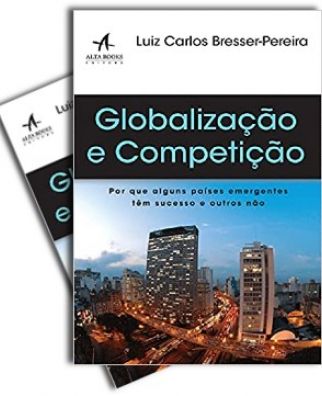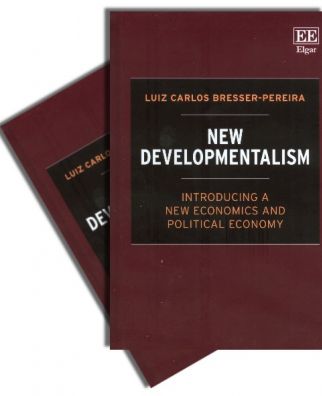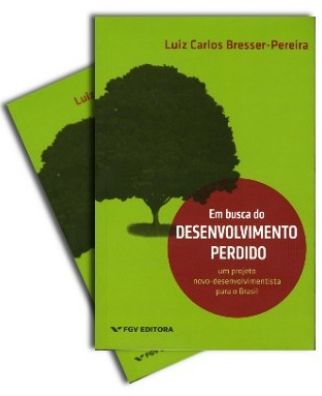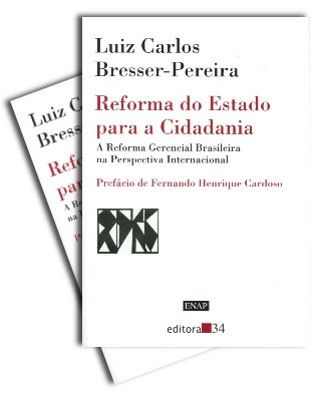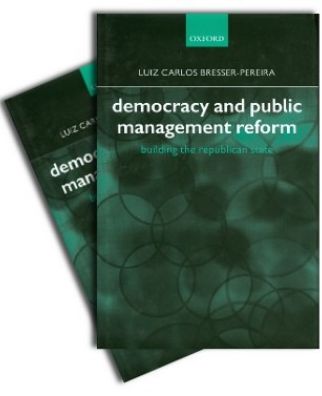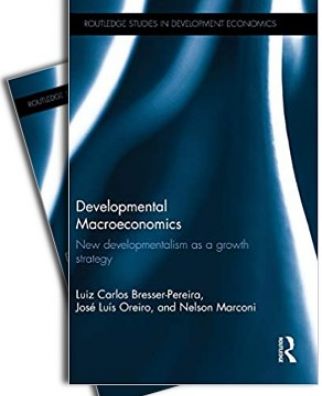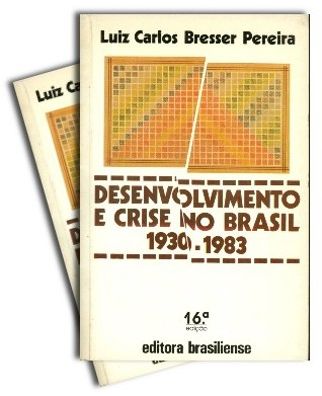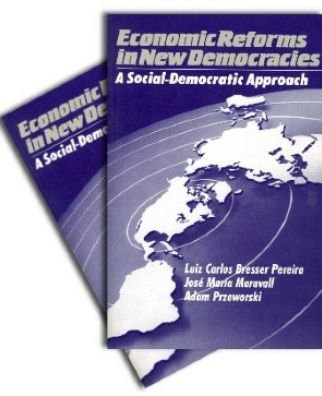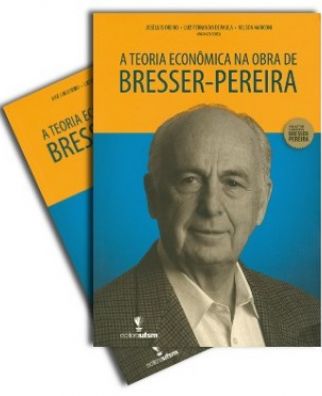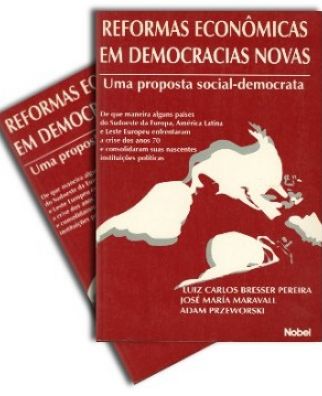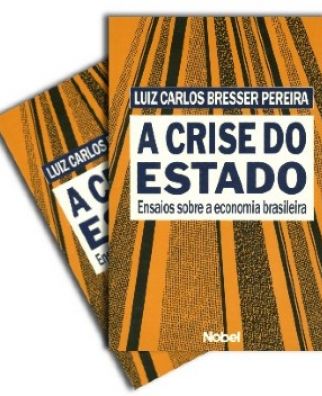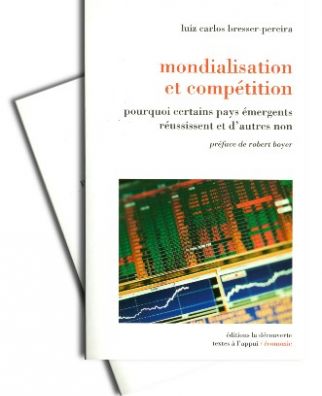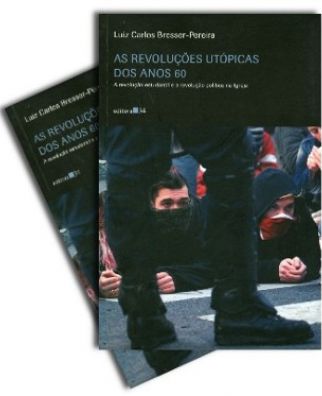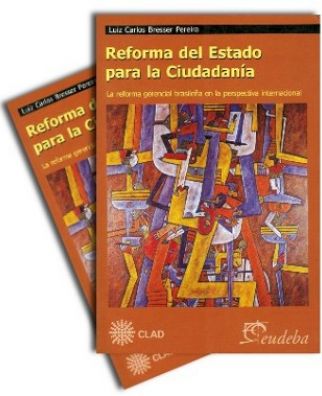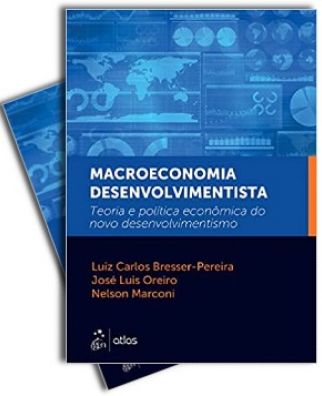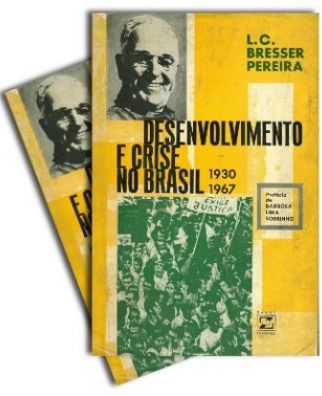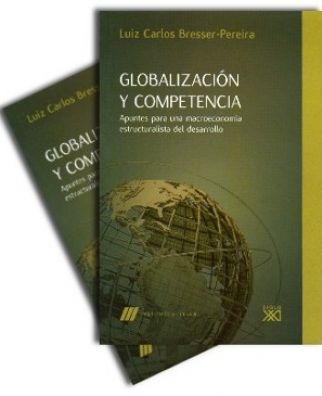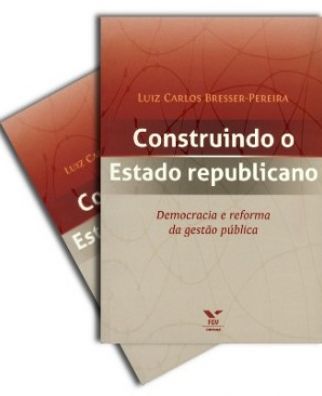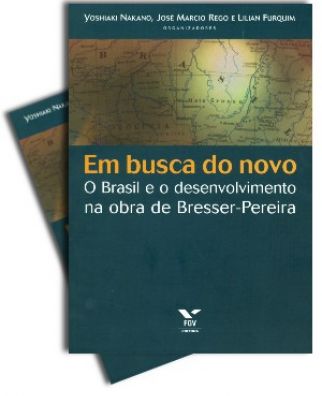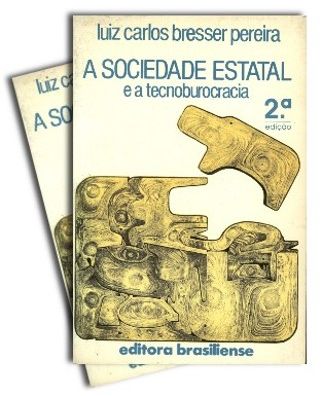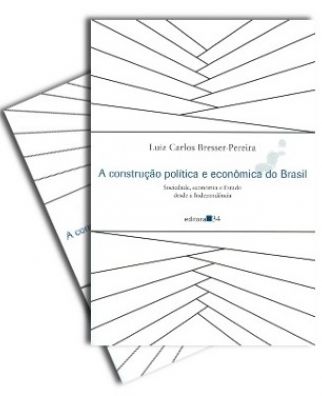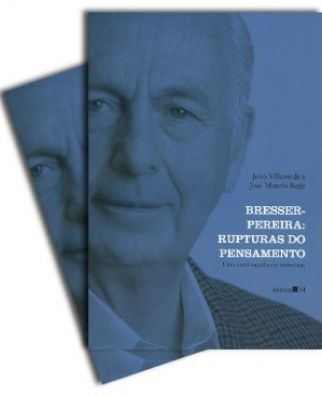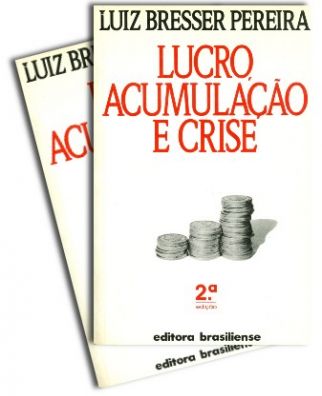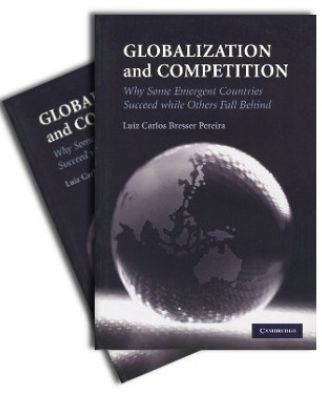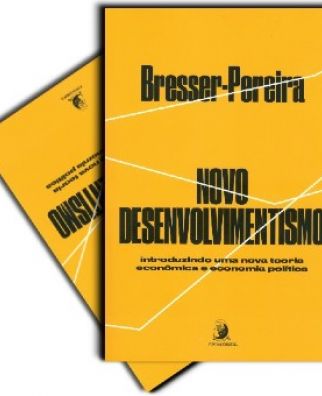This note defines the competitive exchange rate and summarizes the new-developmental theory explaining why the exchange rate is determinant of investment and growth.. English version available, November 2019.
ECONOMICS
INVESTIMENT AND THE RATE OF PROFIT
This note defines the competitive exchange rate and summarizes the new-developmental theory explaining why the exchange rate is determinant of investment and growth.. Written to be published in my website. EAESP / FGV, November 2019. Portuguese version available.
2016. With José Luis Oreiro e Nelson Marconi. Our more complete analysis of Developmental Macroeconomics - the central economic theory within New Developmentalism. (book) Nas livrarias e em kindle
2012. In this paper I finally defined the relation between the exchange rate and the investment rate (and so, the growth rate). Investment depends on the exchange rate because as the theory says that it tends do become overvalued in the long-term (for several years) within the exchange rate cycle, companies will take this overvalued currency as reference in their investment decision and will refrain from investing (Paper: Estudos Avançados) English version
2012. In this paper I finally defined the relation between the exchange rate and the investment rate (and so, the growth rate). Investment depends on the exchange rate because as the theory says that it tends do become overvalued in the long-term (for several years) within the exchange rate cycle, companies will take this overvalued currency as reference in their investment decision and will refrain from investing (Paper: Estudos Avançados) Portuguese version
1991. Based on research conducted in 1970 and repeated in 1990, this paper shows that, in 'abnormal times', when the interest rate is abnormally high, business enterprises' decisions on investment take into consideration the interest rate more attentively than they do in normal times. (Paper presented to LASA meeting)
1991. A 1990 repetition of a research on the motives to invest of major Brazilian firms originally conducted in 1970. And a comparison between the two results, showing that with the rise of the interest rate, it became more relevant in the decision process. (Research report/NPP/EAESP/FGV).
1974 [1991]. A survey of the theory of the decision to invest and a critique of the neoclassical emphasis on the interests or on the normal profits. Investments, as the classical economists knew, depend essentially on profit expectations substantially higher than the interst rate. Variations in the expected profit rate are more important in explaining capital accumulation than variations in the interest rate. It elaborates "A decisião de investir, os lucros e os juros". (Paper: Texto para Discussão FGV Economia)
1970. Adopting a classical perspective, this paper argues that variations in the expected profit rate and the corresponding shifts of the marginal efficiency of capital curve are more important in explaining investments than variations in the interest rate. I further developed this analysis in "Acumulação de capital, lucros e juros". (Paper: Texto para Discussão)

